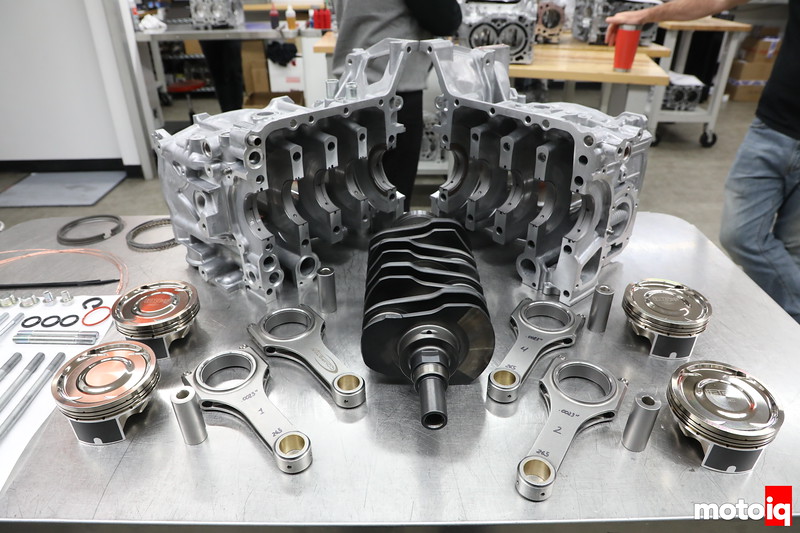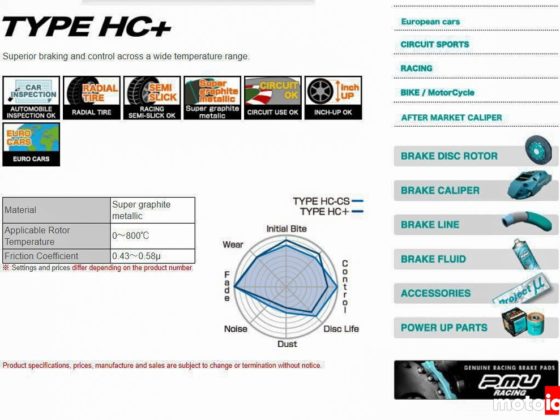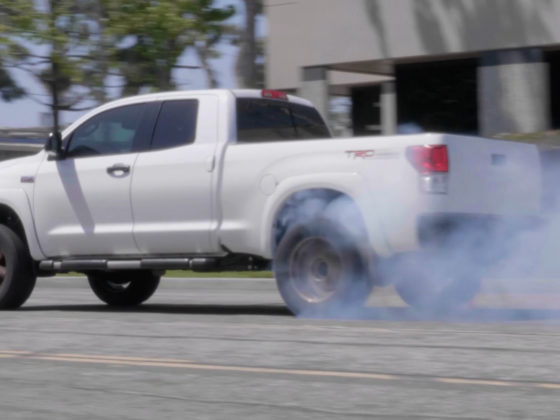
The JE FSR forging is a strut-type where the entire dome is supported with flying buttresses. This gives the lightweight slipper skirt piston a lot more strength than a typical slipper skirt design. The pin bosses can now be very close together so the piston pin can be shorter and lighter with less bending stress.

Since our engine is a high boost turbo motor, IAG avoided the lightweight taper wall tool steel piston pin that is typically found in naturally aspirated engines and instead uses a thick wall H13 alloy piston pin. Thin wall piston pins can flex and grip and spin the bushing in the small end of the rod causing rod failure. The piston pin was cryo and WPC treated.

The rings are low tension with 1.1mm thick compression rings. The top ring is nitrided for long wear and the second ring has a Napier profile for good sealing and a rapid break-in. The oil rings are 1.8mm and are also low tension for minimal friction. We cryo and WPC treated the rings for even less friction and longer life. In other applications, we have found that this improves ring life by at least 30% sometimes as much as 100%! The only downside is that sometimes treated rings take a bit longer to break-in.

IAG uses ARP 2000 case bolts and studs on their motors. We WPC and cryo treated our studs and bolts which leaves this satiny finish.

The IAG ARP 2000 14mm case studs use a lot higher torque for higher clamp loads than the OEM bolts, because of this it is critical to machine the cases with these studs in place with the higher torque with torque plates and to align bore/hone the main bearing bores because the thin Subaru cases distort a lot. This picture was taken before WPC and cryo.
Our IAG bottom end is going to be pretty darned strong and is going to eliminate the Achilles heel that killed our stock engine. We are looking forward to boosting and tuning without fear. Stay tuned, in our next article we will go over what goes into IAG’s awesome cylinder heads that we will be using for our build!
Read all about project STI and the other chapters of this engine assembly!




6 comments
I like the nickel coating on the pistons, nickel tends to hold onto carbon less than many ceramic coatings… and it looks dope.
Spotted a typo: Silicone should be silicon… although caulking would probably help with the blowby 😀
Nice boobs don’t hurt either.
Hey Mike,
Is there any chance that the WPC process could be applied to a bicycle chain? I’m imagining that the answer might be no due to the possibility of the WPC media getting into and actually remaining stuck in the bearings of the chain.
The other part of a bicycle where I could see WPC being effective would be the rear cassette and I can’t imagine any reason why this piece could not be done as it largely consists of metal discs.
I’ve never heard of anyone WPC treating bicycle components but I’ve always been curious if it could be done.
It would not work.
Does the nickel finish prevent the application of WPC treatment on the pistons?
I was worried about that so I didn’t WPC treat the pistons